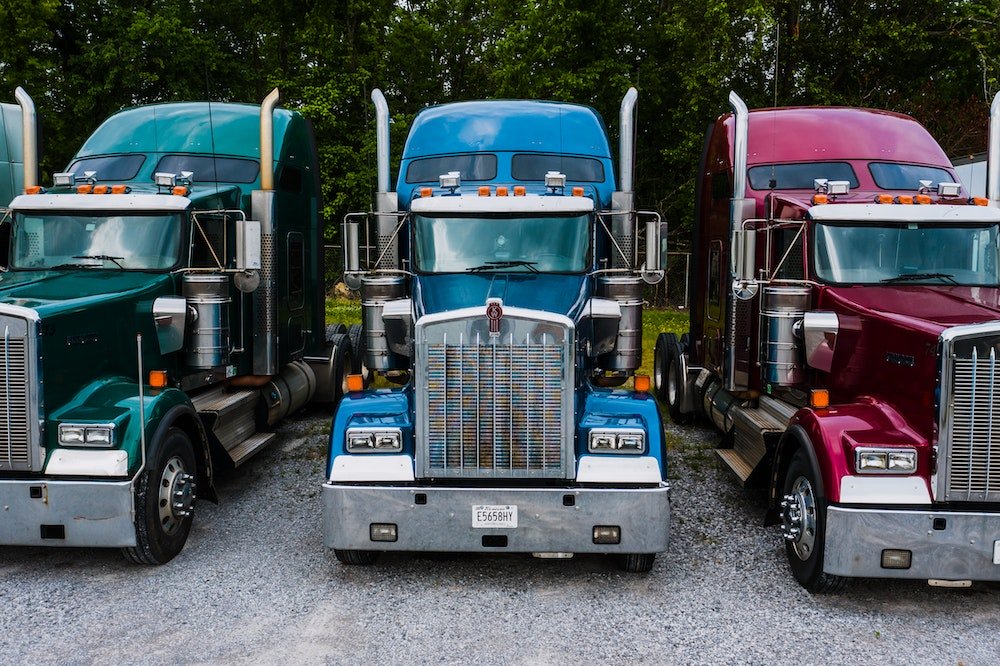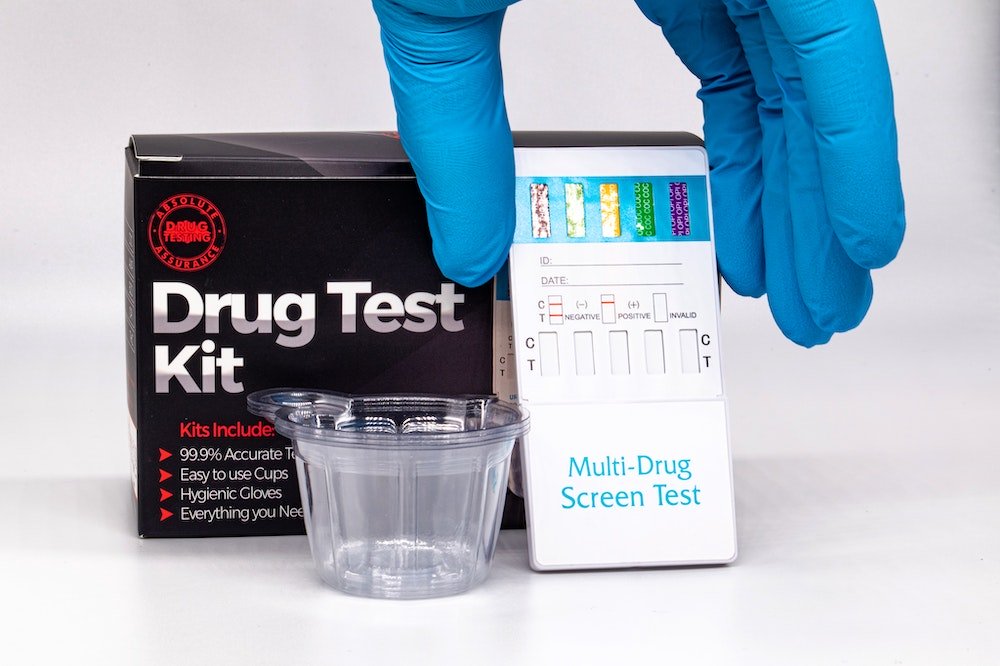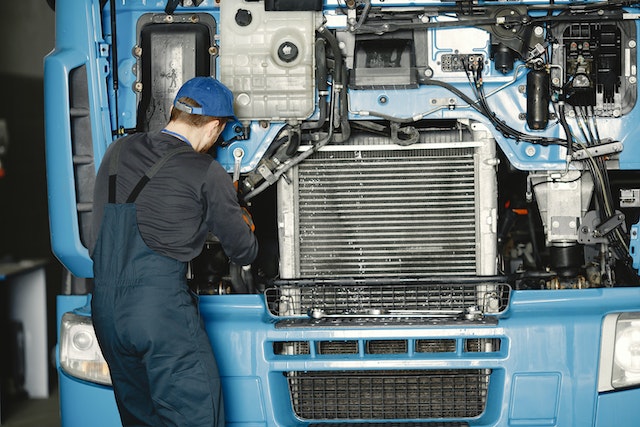When looking to finance a semi-truck, know that you must meet specific requirements. This guide will look at the main semi-truck financing requirements and explain them simply. No complexity here!
Are you a first-time buyer, or someone with bad credit? We’ll help you navigate the financing process and understand what you need to qualify for a loan.
Semi-Truck Financing Requirements
To qualify for a loan, you must meet standard semi-truck financing requirements. These requirements can include a down payment, a specific time in business, a commercial driver license (CDL), semi truck information, and truck history. Let’s take a closer look at each of these requirements below.
Down Payment
Most semi-truck financing requirements include a down payment. The down payment can range from 2.5% to 10% of the whole cost on average. Some options even allow borrowers to save money on fees and interest by making a larger down payment of 40% to 50%.
It’s important to note that the larger the down payment, the more favorable the semi-truck loan terms will be in the long run. You can still apply for financing even if you can’t make a sizable down payment.
Time In Business
Having experience in owning a business is not necessarily a semi-truck financing requirement. Still, it can significantly benefit you when applying for semi-truck financing. Having a couple of years of operating experience can make the semi-truck loan application process faster and easier.
It shows lenders that you are experienced in running a business and have a good understanding of the industry.
Lenders may also see your experience as an indicator of your ability to manage and repay a loan. This can make you a more favorable candidate for semi-truck loan approval and potentially secure better loan terms.
Having experience in owning a business also means you already have a revenue stream and a history of paying bills on time, which is a positive factor for lenders to consider.
Overall, having experience owning a business can make the process of obtaining semi-truck financing smooth.
Commercial Driver’s License
If you’re an owner-operator, you’ll need to provide a copy of your commercial driver’s license for the commercial vehicle loan process.
However, this is not set in stone. What if you won’t actually be driving the trucks? If this is the case for you, read this article: “Can I Buy A Semi Truck Without CDL?”
Lease Or Purchase
Lenders will also consider your choice of leasing or buying when evaluating your loan application. Leasing a semi-truck means lower starting cash, and lower monthly payments. But, the term is shorter, and you won’t own the truck at the end of the lease.
On the other hand, buying a semi-truck requires a larger down payment and higher monthly payments. You will own the truck at the end of the loan term. So, leasing a semi-truck may be a better option if you have a limited budget and prefer lower monthly payments.
However, buying a semi-truck may be a better choice if you have the financial means and plan to keep the truck for an extended period.
It’s essential to consider your financial situation and long-term goals when making this decision.
Semi-Truck Information
One of the main semi-truck financing requirements is providing detailed information about the semi-truck you wish to purchase. This information is used as collateral for the loan and helps determine how much capital can be lent to you.
You’ll need to provide information such as the type of truck, year, make, model, vehicle identification number, and any accessories. Providing an invoice or the listing web link for the semi-truck can also help speed up the semi-truck loan approval process.
Truck History
When purchasing a used semi-truck, it’s crucial to ask the vendor for documents related to any repair work done on the truck. You should also obtain the number of miles it’s driven. This information is vital in determining the truck value and loan amount.
For example, if a truck has a high number of miles and has had a lot of repairs, it’s likely to have a lower value, which can affect the loan amount you can secure. On the other hand, if the truck has a low number of miles and hasn’t had any major repairs, it’s likely to have a higher value.
A higher value can result in a more considerable loan amount. Knowing a truck’s history can also help you identify potential issues that may arise in the future and help you negotiate a better price with the vendor.
Remember that a truck’s history can also be an indicator of its reliability. This can help you make a more informed decision.
What Isn’t Required To Finance A Semi Truck?
When financing a semi-truck, there are a few things that are not typically required:
- Cash flow statement: Financial reports for your business are not typically required. This is because market conditions can change quickly in the trucking industry, and cash flow may slow for months.
- Tax returns: Personal or business tax documentation is not a semi-truck financing requirement.
- Driving experience: A minimum number of years with a CDL or a spotless driving record is not typically required. Although, this may depend.
- Financial history: Many small businesses have their ups and downs financially. You can still qualify for commercial truck financing with unstable financial history.
It’s worth noting that some lenders may require a specific number of years of experience, but most of the time, it’s not needed. The most important thing is that you have the capital to make a down payment.
Lenders may focus on your ability to make payments on time and the overall condition of the truck you want to buy. This information is more important than your credit score.
Can You Finance A Semi Truck With Bad Credit?
Your credit score is important but doesn’t necessarily affect your ability to qualify for commercial truck financing. Even if you have bad credit or have gone through bankruptcy, you can still get a loan or lease for your transportation business.
A low credit score is not an obstacle for startups to get financing. While a fair credit score (around 600) can be beneficial, it’s only necessary for certain lenders.
How To Finance A Semi Truck With Bad Credit
Mission Financial Services specializes in helping people apply for semi truck financing, even if they have no or bad credit.
We understand that only some have perfect credit, and that’s why we are a common-sense lender. We consider your current life situation, not just your credit score. We have been able to help owner-operators get semi-truck loans regardless of their credit history.
The loan application steps with Mission Financial Services are as follows:
- Credit Application: To apply for a loan, you must complete a credit application. We will require certain documents to complete the loan process, such as vehicle pictures, proof of insurance, and potentially a current driver’s license or CDL.
- Spec Sheet: Provide a spec sheet for the semi-truck you wish to purchase. This should include the year, make, model, vehicle identification number, actual mileage, engine, transmission type, and any accessories.
- Purchase Order: Provide a purchase order for the semi-truck, including the cash sales price and applicable fees, such as sales tax, DMV, and dealer fees.
- Truck History: If you are interested in buying a used semi-truck, ask the vendor for documents related to any repair work done on the truck and the number of miles.
- Additional documents: In some cases, we may require other documents to process your loan application. These could include two months of bank statements and a complete telephone bill.
Mission Financial Services can process your loan application quickly by providing all the necessary documents. The truck loan process doesn’t need to be tricky!
Keep in mind that even if you have bad credit, we can help you with a bad credit loan. If you can demonstrate the ability to make payments on time and have a stable business, you can secure semi-truck financing.
Final Thoughts
Semi-truck financing requirements may vary depending on the lender. However, these requirements generally include a down payment, time in business, a CDL, semi-truck information, and truck history.
It’s important to note that even if you have bad credit, there are still options for financing a semi-truck. Mission Financial Services can help guide you through the process and determine the best loan option for you. Contact us today!









































